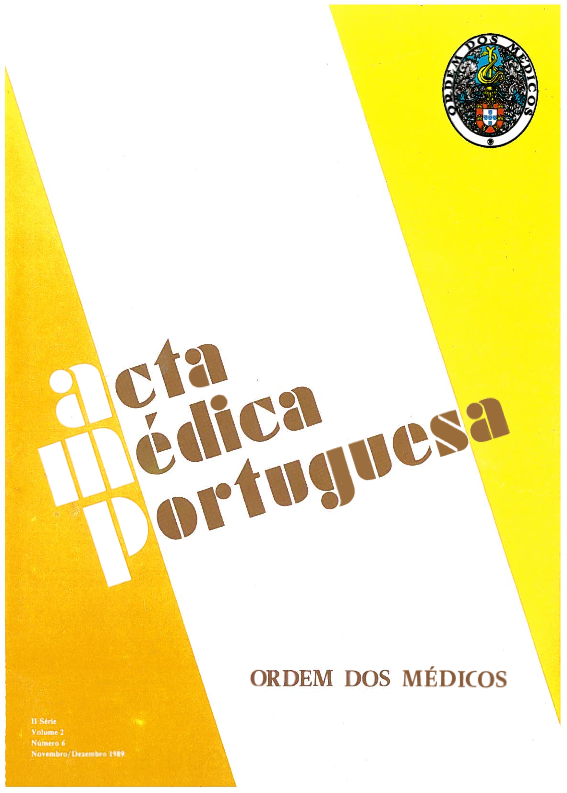A comparative study of gallbladder function using echography and HIDA-CCK.
DOI:
https://doi.org/10.20344/amp.3494Abstract
This paper compares two methods of evaluating gall-bladder function after stimulation with cholecystokinin (CCK); One, the echographic method, permits the gall-bladder contraction study by determining variations in face area of the organ. The other, the scintigraphic method (HIDA-CCK test), studies of the gall-bladder emptying registering the decreases of activity by external counts. Out of 20 studies performed: 8 cases presented a contractile response and normal emptying; 7 had an abnormality late initial response (Ti) and contraction and emptying (defined by T1/2) slower than normal. In the 5 patients the gall-bladder traced with HIDA did not respond to CCK. Within this group, one patient had an incomplete painful contraction, evaluation by echography. The onset of pain or sub-costal discomfort was a variable finding within the different study groups. The linear coefficient correlation for the normal group and for the patients with late response was 0.8255 (x = 2.216 gamma-4.59). Based on these data and taking into account cheaper cost, patient comfort, and greater availability of equipment, the echographic method for studying gall-bladder contraction after administration of CCK, can be used instead of the HIDA-CCK procedure.Downloads
Downloads
How to Cite
Issue
Section
License
All the articles published in the AMP are open access and comply with the requirements of funding agencies or academic institutions. The AMP is governed by the terms of the Creative Commons ‘Attribution – Non-Commercial Use - (CC-BY-NC)’ license, regarding the use by third parties.
It is the author’s responsibility to obtain approval for the reproduction of figures, tables, etc. from other publications.
Upon acceptance of an article for publication, the authors will be asked to complete the ICMJE “Copyright Liability and Copyright Sharing Statement “(http://www.actamedicaportuguesa.com/info/AMP-NormasPublicacao.pdf) and the “Declaration of Potential Conflicts of Interest” (http:// www.icmje.org/conflicts-of-interest). An e-mail will be sent to the corresponding author to acknowledge receipt of the manuscript.
After publication, the authors are authorised to make their articles available in repositories of their institutions of origin, as long as they always mention where they were published and according to the Creative Commons license.









